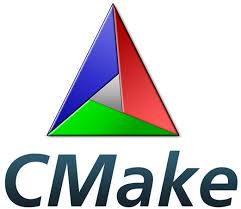
In this tutorial, we will show you how to install CMake on Debian 11. For those of you who didn’t know, CMake is a free, open-source, cross-platform family of tools designed to build, test, and package software. CMake is used to control the software compilation process using simple platform and compiler-independent configuration files, and generate native makefiles and workspaces that can be used in the compiler environment of your choice.
This article assumes you have at least basic knowledge of Linux, know how to use the shell, and most importantly, you host your site on your own VPS. The installation is quite simple and assumes you are running in the root account, if not you may need to add ‘sudo‘ to the commands to get root privileges. I will show you the step-by-step installation of the CMake on a Debian 11 (Bullseye).
Prerequisites
- A server running one of the following operating systems: Debian 11 (Bullseye).
- It’s recommended that you use a fresh OS install to prevent any potential issues.
- SSH access to the server (or just open Terminal if you’re on a desktop).
- A
non-root sudo useror access to theroot user. We recommend acting as anon-root sudo user, however, as you can harm your system if you’re not careful when acting as the root.
Install CMake on Debian 11
Step 1. Before we install any software, it’s important to make sure your system is up to date by running the following apt commands in the terminal:
sudo apt update sudo apt upgrade sudo apt install build-essential checkinstall zlib1g-dev libssl-dev
Step 2. Installing CMake on Debian 11.
- Install CMake from the official repository.
By default, CMake is available on Debian 11 base repository. Now run the following command below to download the CMake installer from Github:
wget https://github.com/Kitware/CMake/releases/download/v3.22.2/cmake-3.22.2.tar.gz
Next, extract the downloaded file:
tar -zxvf cmake-3.22.2.tar.gz cd cmake-3.22.2
After that, use the following command to compile and install CMake:
sudo ./bootstrap sudo make sudo make install
To verify the process of installation of CMake, type the following command in the terminal:
cmake --version
- Install CMake using Snap Store.
Now we enable Snaps on your Debian system:
sudo apt install snapd sudo snap install core
Finally, use the following commands to install CMake on your Debian:
sudo snap install cmake --classic
Congratulations! You have successfully installed CMake. Thanks for using this tutorial for installing the latest version of the CMake on Debian 11 Bullseye. For additional help or useful information, we recommend you check the official CMake website.